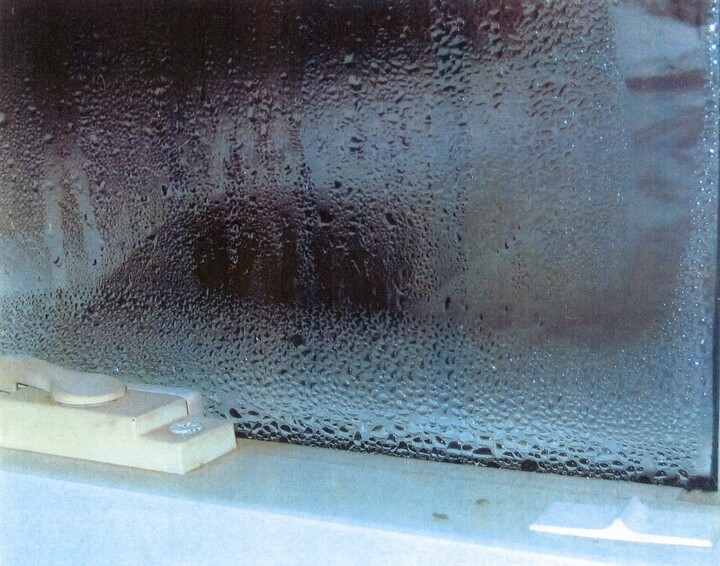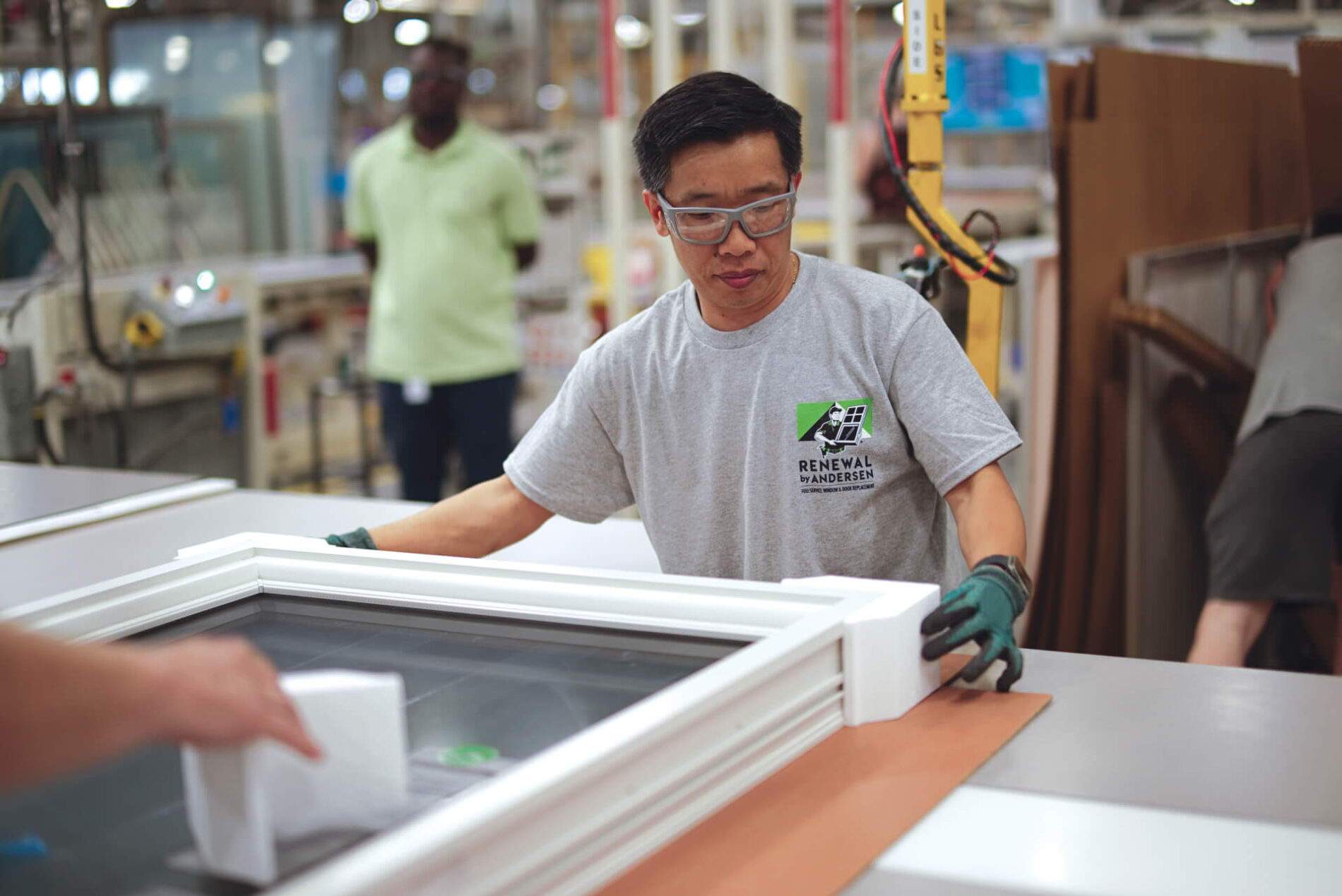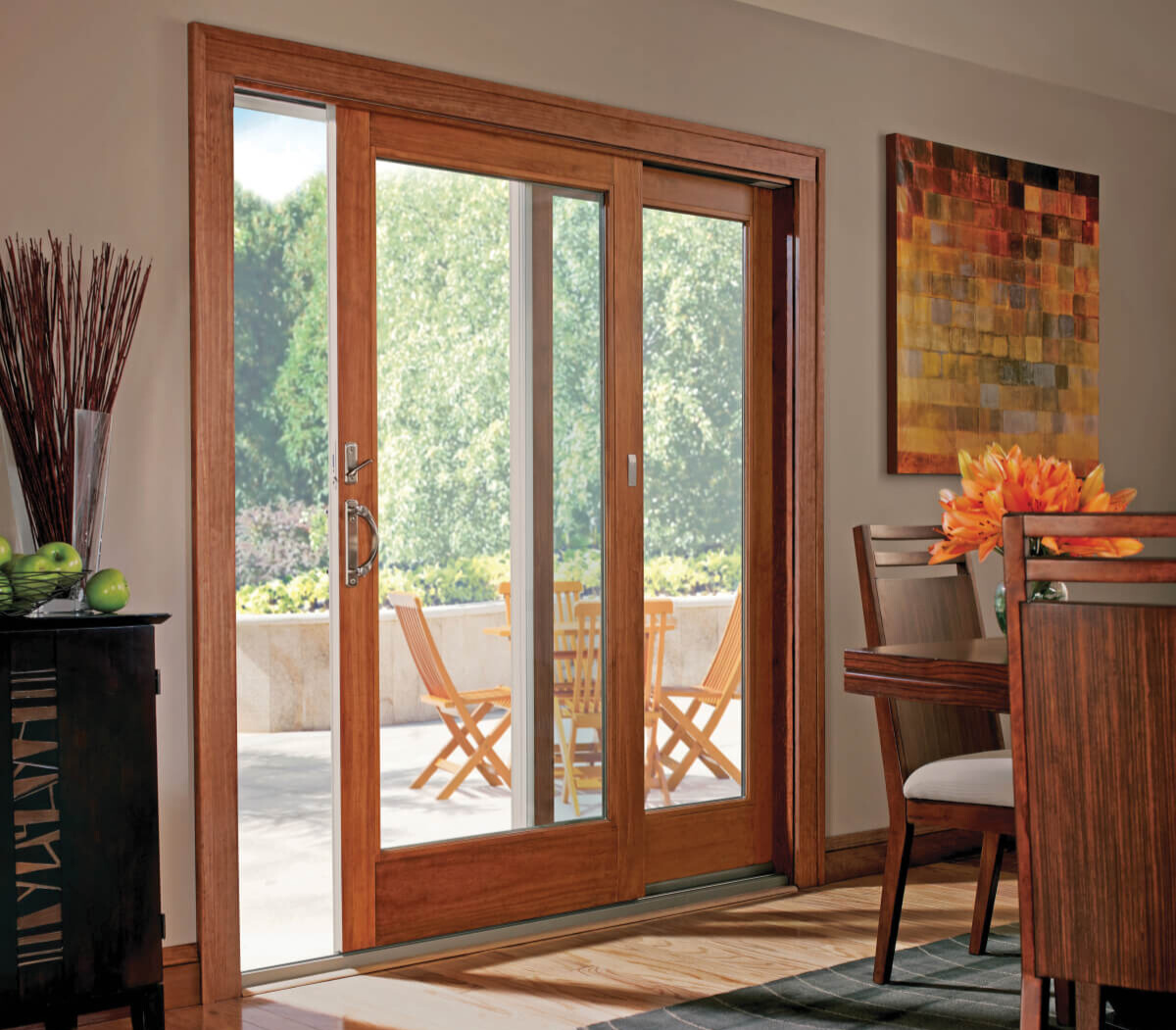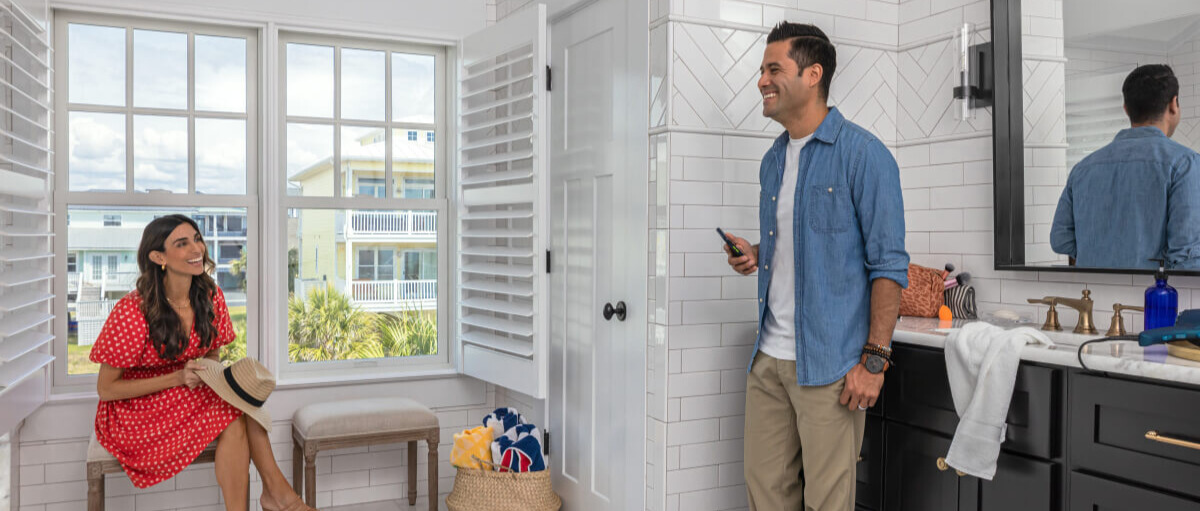Condensation on the Inside of Windows
As the seasons change, there is so much to look forward to! When the air gets colder, we anticipate fun fall events and the holiday season. When the weather warms up, we’re eager to find blossoming trees and flowers. However, there is one thing that most people unexpectedly find as the climate changes throughout the year.
Have you ever noticed droplets of water forming on the inside of your windowpane? That’s condensation, and it’s a common problem that many homeowners face. Some people choose to ignore condensation while others may become anxious about the potential damage it can cause. In this article, we’ll explain what condensation is, the common causes of condensation inside windows, and the solutions to fix this problem.

What is condensation?
Condensation is the process by which water vapor in the air turns into a liquid when it comes into contact with a cooler surface. This is why we see dew on the grass in the early morning or why a cold glass of water has water droplets on the outside of the glass. Similarly, when the air inside your home is warm and humid, and it comes into contact with the colder surface of your window, condensation forms.
Is all condensation concerning?
Condensation can be temporary or located on the outside of the window as well as inside the windows. If you find condensation on your windows in the early morning or notice the condensation is outside of the window, you do not have to worry about damage to your window frame. These effects often last as long as the window sits in the shade. The moment direct sunlight lands on your window, the condensation will evaporate. Condensation on the inside of your windows can be cause for concern under the right conditions.

What causes condensation inside windows?
There are a few common causes of condensation inside windows. One of the primary causes is high humidity levels inside your home. When you take a shower or boil water while cooking, you release moisture into the air. If your home is not well-ventilated, this moisture can become trapped, leading to high humidity levels. When this warm, humid air comes into contact with the colder surface of your window, condensation forms.
Another common cause of condensation is poor insulation around your windows. If your windows are not properly sealed, cold air can leak in. When this happens, the warm, humid air inside your home comes into contact with the cold window, causing condensation to form.
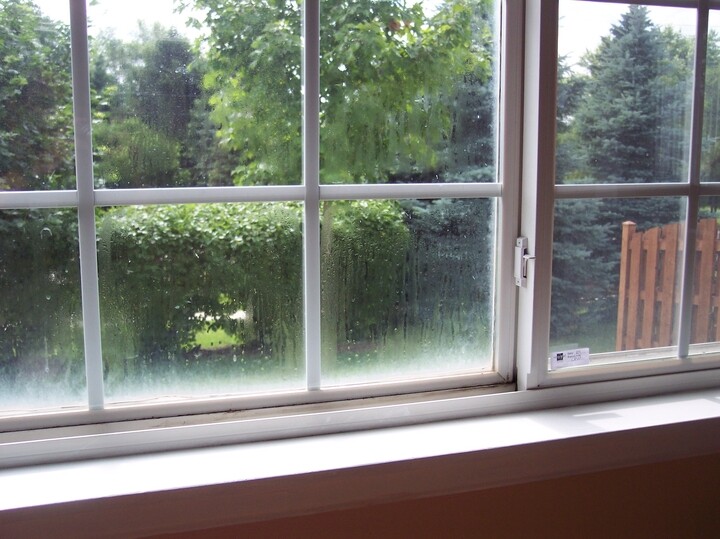
What are the solutions to fix condensation inside windows?
The good news is that there are several ways to fix condensation inside windows. One solution is to reduce the humidity levels inside your home. You can do this by using exhaust fans in your kitchen and bathroom to remove moisture from the air. You can also use a dehumidifier to reduce moisture levels.
Another solution is to improve the insulation around your windows. You can do this by adding weatherstripping around your window frames to prevent cold air from leaking in. You can also add insulation around your windows by using window film or adding window treatments, like blinds or curtains. For more information about window insulation, find the best materials for your window’s insulation.
If these solutions don’t work, you may need to consider replacing your windows. Replacement windows are designed to be more energy-efficient, meaning they can help keep your home warmer in the winter and cooler in the summer. They also come with better insulation and sealing, which can help reduce the amount of condensation that forms inside your windows.
What is involved with professional window replacement?
When considering window replacement, there are a few factors to keep in mind. First, you’ll want to consider the type of window you want to install. There are several types of windows available, including awning, double-hung, casement, and sliding windows. Each type has its own benefits and drawbacks, so it’s important to do your research to find the best option for your home.
You’ll also want to consider the material of the window. Common materials include vinyl, wood, and aluminum. Each material has its own benefits and drawbacks, so it’s important to weigh the pros and cons before making a decision. Learn more about the best insulating windows .
Finally, you’ll want to choose a reputable window replacement company to install your new windows. Renewal by Andersen window replacement company is an industry leader when it comes to durable, energy-efficient replacement windows. Our window replacement services include a team of experts who handle every stage of your project from design to installation. Homeowners can choose the best window style that meets their needs, and they can customize those windows to match their homes. Then, our installation crew will deliver their custom-built replacement windows and follow our proven installation process. Our master craftsmen build durable, energy-efficient replacement windows and fill these windows with custom glass options designed for your regional climate.
In conclusion, condensation inside windows is a common problem that many homeowners face. It’s caused by high humidity levels and poor insulation around your windows. The good news is that there are several solutions to fix this problem, including reducing humidity levels, improving insulation around your windows, and replacing your windows. If you decide to replace your windows, be sure to do your research and choose a reputable company to install your new windows. Want to know if Renewal by Andersen is the right window replacement company for you? Call our local office today and speak with our team directly.


